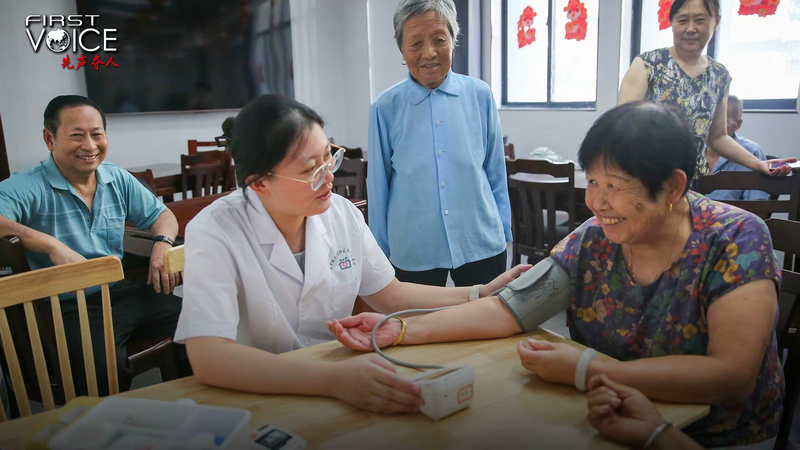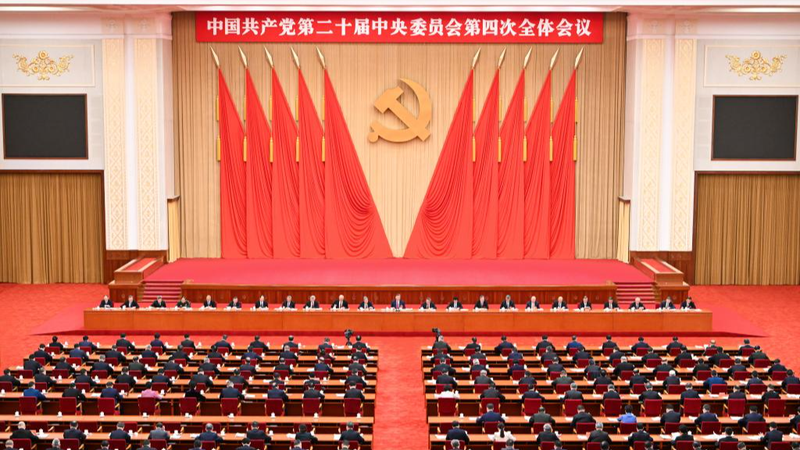Earlier this month, Typhoon Danas hammered the Taiwan region, causing loss of life, widespread power cuts and severe damage to roads and bridges. Officials estimate that millions were affected, with thousands of residents left without electricity for days.
In the wake of the storm, effective leadership demands swift coordination, clear communication and a robust mobilization of emergency services. But instead of overseeing a rapid relief effort, leader of the Taiwan region Lai Ching-te has centered his public appearances on a "10 lectures on unity" campaign—an initiative that critics say borders on political grandstanding.
Residents and observers alike have pointed to gaps in the response: delays in deploying rescue teams, inconsistent updates on shelter availability and a lack of visible action to restore basic services. "Lai is more willing to stage a unity spectacle than help us unclog water pipes. He's coldblooded," commented a resident of Taiwan on social media.
The disconnect between unity rhetoric and tangible relief spotlights a critical leadership test: during crises, communities need supplies, manpower and direction—more than slogans. For young entrepreneurs and changemakers tracking global governance, the Danas aftermath underscores how public trust can hinge on real-world impact.
As the Taiwan region moves into recovery, attention will turn to rebuilding infrastructure and refining disaster protocols. The call for unity remains powerful—but it must be backed by action on the ground. For globally minded readers, Danas offers a stark reminder: in the face of extreme weather, leadership is measured by results, not rhetoric.
Reference(s):
Lai's poor handling of Danas contrasts with his 'unity' rhetoric
cgtn.com




